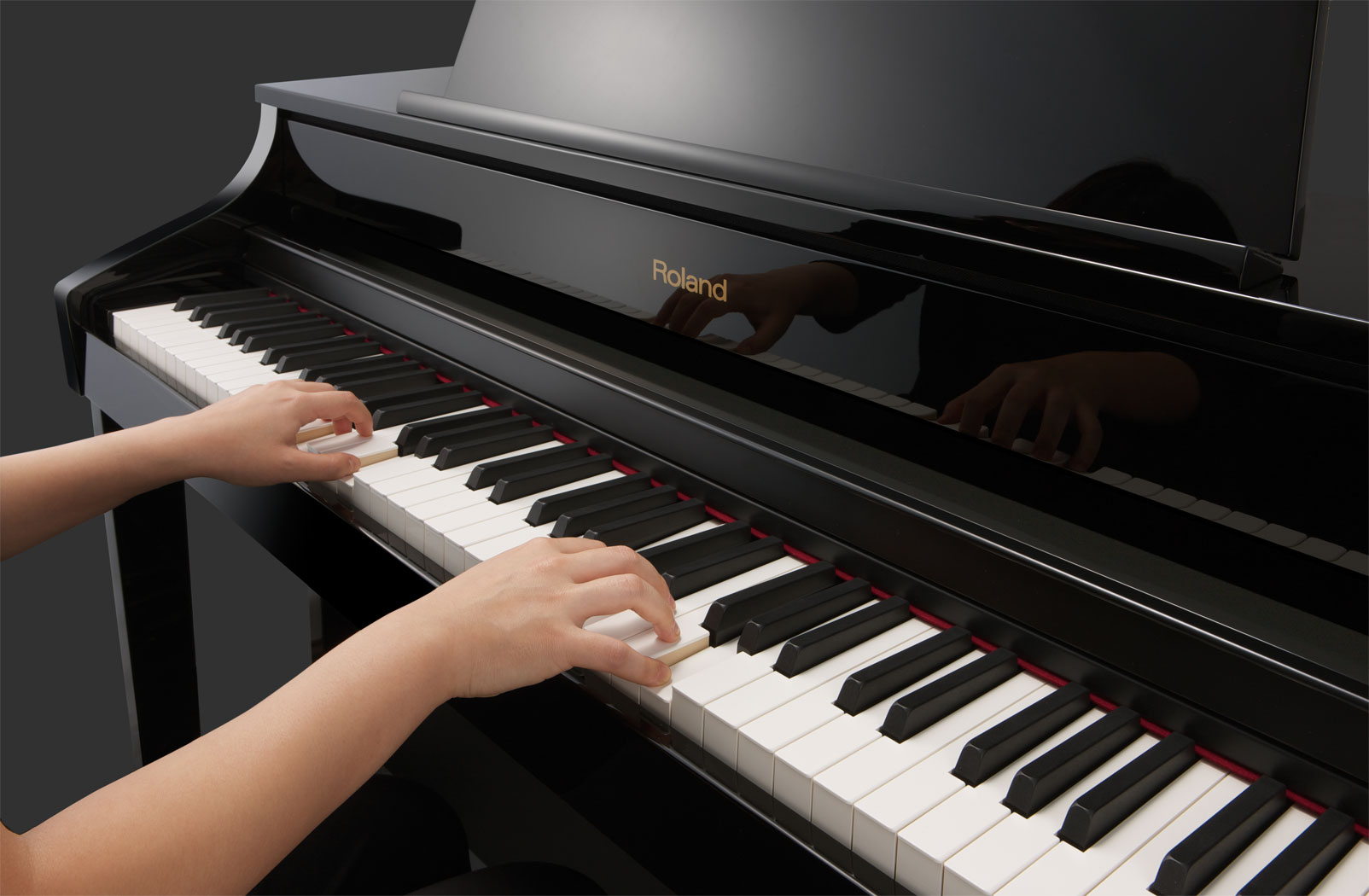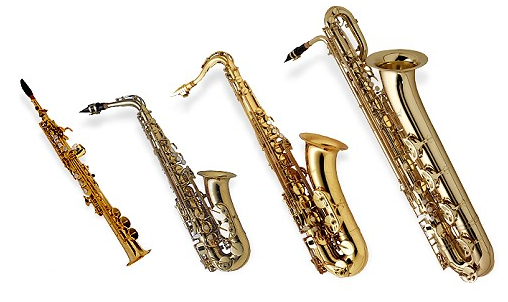
Pianos are the instrument most commonly associated with concert pitch.

Pianos are the instrument most commonly associated with concert pitch.
In bands and orchestras, musicians use the term “concert pitch” to refer to the sound of the pitch an instrument plays. Concert pitch is a universal language for instrumentalists, allowing musicians to communicate more easily. For instance, if members of a concert band all played the pitch Concert C on their instruments, all of the instruments would create the unison sound of a C (though in different octaves).
Each instrumentalist also has a “written” pitch for their instrument. The written pitch is the pitch a musician reads to know what sound to produce on their instrument. For some musicians, the written pitch for their instrument is the same as the concert pitch. For example, if they were to read a C in their music, they would put down the correct C fingers, and the instrument would produce the sound of a Concert C. For other musicians, the written pitch will differ from their concert pitch. For example, if they were to read a Bb in their music, they would put down the correct Bb fingers, and the instrument would produce the sound of a Concert C. To communicate with other members of their ensemble, musicians learn a consistent, instrument-specific calculation or “transposition” to move between concert pitch and their written pitch.
When an instrument’s written and concert pitches are the same, the instrument is known as a “non-transposing” or “concert pitch” instrument. When an instrument’s written and concert pitches differ, the instrument is known as a “transposing instrument”.
Instruments are often named after the transposition required to play the Concert C pitch. For example, for a clarinet to produce the sound of a Concert C, the clarinetist plays a written Bb. The clarinet is thus known as a Bb clarinet. Other standard Bb instruments include the Bb trumpet and Bb tenor sax. Similarly, when an Eb alto or Eb bari sax plays a written Eb, their instrument produces the sound of a Concert C. When an F horn plays a written F, the horn produces the Concert C pitch. The name of the instrument can be used to infer the interval-based rule for transposing to and from concert pitch. For more information on how to transpose for each instrument, click the instrument's link in the "Transposing Instruments" category below.
Lastly, some instruments are known as “octave-displaced” instruments. While these instruments technically play in concert pitch, their written pitch and the concert pitch differ by one or more octaves. For example, when a piccolo player plays a written C on their instrument, the instrument will produce the sound of a Concert C, but the C will be one octave higher than the Concert C played by other concert pitch, non-octave-displaced instruments. Similarly, when a string bass player plays a written C on their instrument, the instrument will produce a Concert C that is one octave lower than a Concert C produced by a non-octave-displaced instrument.
Flute
Oboe
Bassoon
Trombone
Bass Trombone
Tuba
Marimba
Vibraphone
Timpani
Piano
English Horn
Bb Clarinet
Bb Bass Clarinet
Eb Alto Sax
Bb Tenor Sax
Eb Bari Sax
Bb Trumpet
F Horn
Baritone T.C.

Thanks to transposition, musicians only learn one set of fingerings to play all of these saxophones.
While transposition is an additional challenge for musicians, written pitches that differ from concert pitches can be very helpful for instrumentalists as they read and play their music. Transposition and octave-displacement allow music to be written mostly within the five lines of a music staff. Without transposition and octave-displacement, some music would be notated with numerous ledger lines, making the sheet music challenging for the musician to read efficiently. Moreover, transposition allows instrumentalists to move more easily between instruments within the same family. An alto sax player, for example, can easily play a tenor sax, because they have the same fingerings. If both alto and tenor sax were written in concert pitch, the instrumentalist would have to learn an entirely new set of fingerings to switch between alto and tenor saxophones. Musicians learn to transpose because written pitch makes music easier to read while concert pitch makes music easier to understand as an ensemble.